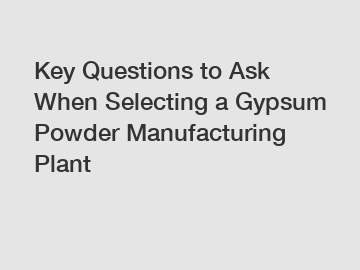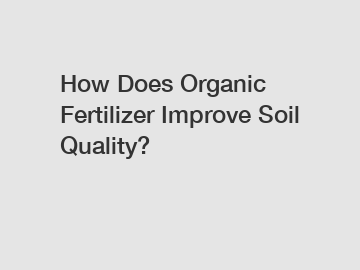“Torsion Tube Tempering: Methods vs. Benefits Explained”
TY-induction Product Page
Torsion Tube Tempering: Methods vs. Benefits Explained
Torsion tube tempering is a crucial process in the manufacturing industry, particularly when it comes to enhancing the properties of metal components. Understanding the various methods of tempering and the benefits associated with them can assist manufacturers in optimizing their production processes. Below is a detailed examination of the tempering methods and their benefits.
1. Methods of Torsion Tube Tempering
There are several methods employed in the tempering of torsion tubes:
Related links:Torsion Tube Tempering: Heat Treating vs. Conventional Methods
- Conventional Tempering: This method involves heating the torsion tubes to a predetermined temperature and then cooling them gradually. The temperature is typically below the transformation point of the metal, allowing for the reduction of brittleness while retaining hardness.
- High-Temperature Tempering: Used for high-strength steels, this method raises the temperature significantly, often above 600°C. This approach achieves an optimal balance between strength and ductility, enhancing the material's performance.
- Stress Relief Tempering: Aimed at relieving internal stresses caused during the manufacturing process, this method involves heating the torsion tubes to low temperatures. It's essential for maintaining dimensional stability and preventing deformation in the finished product.
- Low-Temperature Tempering: Suitable for softer steels, this technique involves heating below 300°C. It mainly retains hardness while reducing the risk of cracking or warping, preserving the structural integrity of the torsion tube.
- Vacuum Tempering: By heating torsion tubes in a vacuum environment, this method minimizes oxidation and contamination. It is often employed for high-performance applications where clean surfaces are necessary for effective bonding or coating.
2. Benefits of Torsion Tube Tempering
What is the Best Diesel Driven Portable Screw Air-compressor Solution?
Maximize Efficiency: 5 Must-Know Tips for Animal Feed Plants
The Advantages of Implementing Solar Energy Solutions
The Advantages of Utilizing Stainless Steel Beer Tanks
How to Choose: Steam vs. Hot Water Boilers?
Is Your Fine Grind Hammer Mill Slowing Down Production Efficiency?
Tempering torsion tubes offers numerous benefits that can enhance performance and durability:
- Improved Toughness: The tempering process enhances the toughness of the metal, allowing it to absorb impact without fracturing, ultimately prolonging the lifecycle of the component.
- Reduced Brittleness: During manufacturing, metals can become brittle. Tempering addresses this issue, allowing for better stability and resistance to stress fractures, which is crucial for torsion tubes used in dynamic applications.
- Enhanced Ductility: Tempering increases ductility, making it easier to work with the metal during further processing or installation. This is particularly beneficial in applications requiring bending or shaping.
- Dimensional Stability: The stress relief achieved through tempering ensures that the torsion tubes maintain their shape and size, minimizing the risk of warping or distortion over time.
- Optimized Performance: Different tempering methods can be tailored to specific needs, allowing for the development of torsion tubes that are optimized for particular applications, whether it be strength, flexibility, or heat resistance.
In conclusion, torsion tube tempering is an indispensable part of the metal processing industry. By understanding the various methods and their corresponding benefits, manufacturers can make informed decisions that lead to more efficient, durable, and high-performing products.
For more information, please visit our website.
Related links:How to Optimize Livestock Feed Processing Systems Efficiently
How Livestock Feed Processing Systems Improve Efficiency?
How Does Advanced Solar Panel Technology Work?
Electric Hot Oil Boiler vs. Traditional Boilers: Key Differences Explained
How to Choose the Best Fermentation Tanks?
Unlocking Efficiency: Intelligent Buckwheat Flour Processing Plant
How Does Quality Feedback Improve Customer Service?











